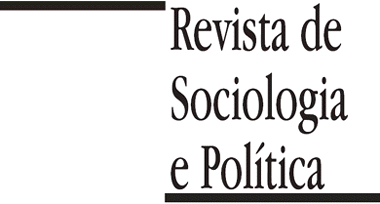ABSTRACT
Introduction:
The article examines an empirical proposition widely disseminated in studies about the forms of state, according to which it is possible to operate analytically with the binary distinction between federal and unitary states. The distinction was formulated by Arend Lipjhart, for whom federal and unitary states could be adopted as proxies for institutional attributes of, respectively, regimes of dispersion and concentration of authority. The formulation, however, has been challenged by empirical studies, generally focused on European democracies. This article focuses on the analysis of Latin American states in order to examine whether federal and unitary states constitute distinct clusters of distribution of political authority.
Material and Methods:
The study adopts two analytical categories: self-rule (the extent to which states have authority on their own territory) and shared-rule (the extent to which states participate in national decisions). In order to empirically test these concepts, the self-rule category was divided into four analytical subcategories: (i) the scope of policies attributed to state governments; (ii) the authority of state governments over their own taxes; (iii) the authority of state governments to borrow and (iv) electoral rules for choosing state governments. The shared-rule category was also divided into four subcategories: (v) the symmetry between the two chambers; (vi) the rule for choosing senators; (vii) the veto powers of senators to the rules of federal revenue distribution and (viii) constitutional rigidity. Latin American states, both federal and unitary, were observed, in order to empirically test whether their governance structures correspond to distinct clusters of political institutions:
Results:
The main conclusion is that, if examined by their institutional characteristics, federal and unitary states in Latin America are not representative of different worlds, characteristic of mutually exclusive styles of distribution of political authority. The association between federal states and regimes of authority dispersion, on the one hand, and unitary states and regimes of authority concentration, on the other, is not sufficient to interpret the way in which Latin America states operate.
Discussion:
The article intends to make a contribution to the comparative literature on the forms of state, by demonstrating that the analytical distinction between federal and unitary states, hides more than it reveals. This means that future studies should adopt new institutional categories to examine the impact of state institutions on the production of public policies and on aggregate well-being.
KEYWORDS:
Federals States; Unitary States; Political Institutions; Comparative Politics; Latin America
